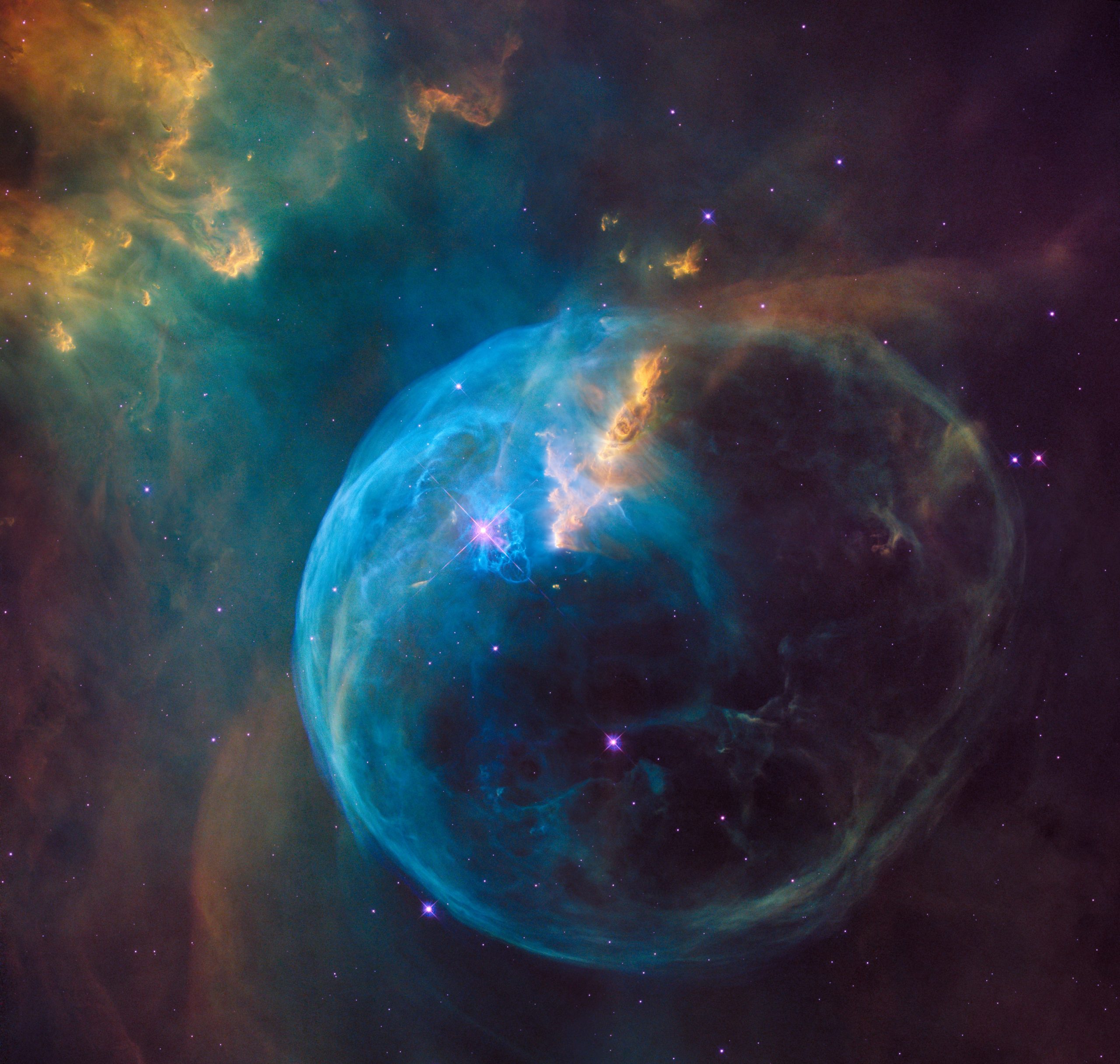The Neo Pagan Movement: A Revival of Ancient Spiritual Practices
Over the past few decades, there has been a noticeable increase in interest in spiritual traditions that predate modern organized religions. One such movement gaining traction is Neo Paganism, also known as Contemporary Paganism or Neopaganism. Neo Paganism encompasses a diverse range of modern spiritual practices inspired by ancient pagan traditions. In this blog post, we will explore the origins, beliefs, rituals, and key elements of the Neo Pagan movement.
What is Neo Paganism?
Neo Paganism is a contemporary religious movement that draws inspiration from pre-Christian, polytheistic, and nature-based spiritual practices. Unlike traditional organized religions, Neo Paganism doesn’t have a central authority or dogma but rather emphasizes individual spirituality and personal connections with the divine.
Adherents of Neo Paganism often seek to reconstruct and recreate the ancient beliefs and practices of a wide range of cultures, including Celtic, Norse, Greek, Roman, Egyptian, and Native American traditions. This movement can be seen as a revival of ancient spiritual practices that were abandoned or suppressed during the spread of Christianity.
Origins of the Neo Pagan Movement
The roots of the Neo Pagan movement can be traced back to the early 20th century, with the emergence of various esoteric and occult groups. One of the most influential figures in this development was Englishman Gerald Gardner, who is often referred to as the “Father of Modern Witchcraft” or “Wicca.”
In the 1950s, Gardner popularized a form of witchcraft known as “Wicca” or “Witchcraft,” which blended elements from ceremonial magic, folk traditions, and a reverence for nature. Wicca became the cornerstone of the modern Neo Pagan movement, and its influence spread globally.
Since Gardner’s time, a multitude of Neo Pagan traditions and paths have emerged, each with its own unique characteristics and focus. Some notable Neo Pagan traditions include Druidry, Asatru, Hellenism, and Eclectic Paganism. These paths provide different approaches to spirituality, deity worship, magical practices, and rituals.
Beliefs and Practices of Neo Pagans
Neo Pagans share a set of common beliefs that form the foundation of their spiritual practices. While individual beliefs may vary, the following concepts are often embraced:
- 1. Pantheism or Polytheism: Neo Pagans believe in the existence of multiple deities or divine forces. Some see the gods and goddesses as separate entities, while others view them as aspects of a single divine energy.
- 2. Nature-centered Spirituality: Neo Pagans place great importance on nature and see it as a sacred manifestation of the divine. Many Neo Pagan rituals and celebrations revolve around seasonal changes and cycles of nature.
- 3. Personal Responsibility: Neo Pagans emphasize personal growth, ethical behavior, and taking responsibility for one’s actions. They do not rely on intermediary figures like priests or religious authorities to determine their moral code.
One of the key practices in Neo Paganism is ritual. Rituals play an essential role in connecting with the divine, communing with nature, and celebrating significant life events. These rituals can involve chanting, dancing, meditation, spellcasting, and the honoring of deities or ancestors.
Neo Pagan Festivals and Celebrations
Neo Pagans celebrate a variety of festivals and holidays throughout the year, following the cycles of nature. These celebrations often coincide with equinoxes, solstices, and other pivotal points in the solar calendar. Some of the widely observed festivals include:
| Festival | Date | Purpose |
|---|---|---|
| Samhain | October 31 – November 1 | Honoring ancestors and the cycle of life and death |
| Imbolc | February 1 – 2 | Celebrating the return of light and the beginning of spring |
| Beltane | April 30 – May 1 | Welcoming the summer and the fertility of the earth |
| Lughnasadh | August 1 | Celebrating the first harvest and the abundance of nature |
These celebrations often involve community gatherings, feasts, bonfires, music, dancing, and rituals that honor the specific themes of each festival.
Neo Paganism Today
The Neo Pagan movement continues to grow and evolve, attracting individuals from diverse backgrounds seeking a spiritual path that reconnects them with ancient wisdom, nature, and their inner selves. The rise of the internet has facilitated the sharing of knowledge, creation of online communities, and the availability of resources for those interested in exploring Neo Paganism.
While some criticize Neo Paganism as a mere romanticization of the past or dismiss it as a fringe movement, it has gained recognition as a legitimate religious practice in many countries. In the United States, for example, the federal government recognizes Wicca as a legitimate religion.
It is important to note that although Neo Paganism draws inspiration from ancient traditions, it is not an attempt to reconstruct historical religions as they existed in the past. Instead, it offers a modern interpretation of these beliefs and practices that resonate with the spiritual needs of contemporary individuals.
Neo Paganism, with its emphasis on personal spirituality, reverence for nature, and celebration of diversity, continues to provide a meaningful path for those who seek a deeper connection with the divine and a greater understanding of themselves and the world around them.
References:
- BBC – Religion: Paganism
- Religious Tolerance: Neopaganism
- Pagan Federation: What is Paganism?
- The Cauldron: Neo-Paganism
Table of Contents
